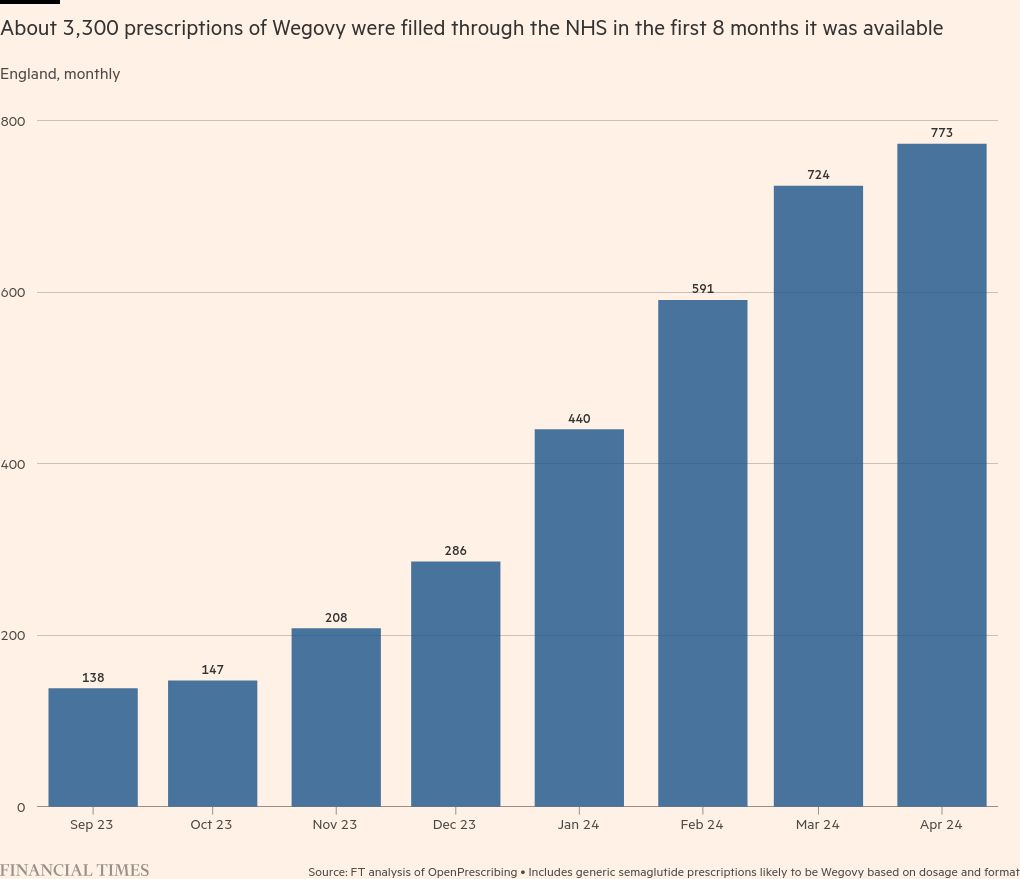Digital innovation, regardless of sector, depends on a scalable, secure and interactive technology infrastructure.
In healthcare, innovation is often talked about but rarely fully realized at scale, and those needs are critical to transforming – and standardizing – how care and research are delivered and experienced.
“There is a lot of disparity from one geography to another in the way healthcare is delivered,” Dr. Mert Aral, chief medical officer at Huma, told Karen Webster, CEO of PYMNTS.
But if technology can revolutionize navigation through globally accessible tools like Google Maps that deliver the same high-quality experience regardless of location, why can’t it do the same for healthcare?
That’s the main question Huma set out to answer in 2011, Aral explained, and the main challenge facing the field is that healthcare and life sciences are two sectors deeply rooted in traditional practices, and their transformation currently requires significant change. mentality
Existing landscape realities mean that, despite clear benefits, adoption is hampered by the complexity and fragmentation of existing systems. Integration of digital tools and technologies can often be slow, hampered by a lack of interoperability, insufficient data, and an entrenched reluctance on the part of clinical teams and researchers to adopt new systems.
Aral likened the situation to trying to rebuild a house from scratch while still living in it. The basic infrastructure required for digitization at scale is still largely absent, making the widespread adoption of technologies such as artificial intelligence (AI) and generative AI (GenAI) a formidable task. In the United States, for example, adoption of electronic medical records requires significant government involvement, he noted.
Care delivery and research translation
But that doesn’t mean the transformative potential of digital health technologies isn’t possible. Instead, widespread adoption, albeit slow and challenging, is shaping up to be inevitable.
“We are trying to accelerate the adoption of digitization in healthcare,” Aral said. “The reality of the situation is that 99% of your time is outside the four walls of the hospital – how do you bridge that gap to get better visibility into patients, to know how they’re responding to treatment at the right time? How can we intervene early? How can we be more proactive and see the right patient at the right time, rather than waiting for them to get worse? “
That’s why Huma has focused over the past decade on building a core layer of technology infrastructure designed to support a range of digital health solutions, from population health screening to remote patient monitoring and digital clinical trials.
Aral noted that Huma’s platform has been implemented in over 3,000 hospitals, with millions of active patients benefiting from its solutions. Demonstrating improved outcomes, increased capacity and new revenue streams for providers will help drive adoption, he said.
One of the most important milestones for Huma was the launch of the Huma Cloud platform. The platform, which took years and significant resources to develop, aims to enable other stakeholders in the healthcare ecosystem to build on Huma’s foundation, thereby accelerating the development and deployment of digital health solutions.
“For this to have a real impact, we need a much larger scale than what we as a company can achieve on our own,” Aral stressed, noting that all stakeholders, including patients, providers, payers, pharmaceutical companies and governments, must be seen. Tangible benefits.
read more: Huma Raises $80M to Build ‘Shopping for Digital Health’
By offering an FDA-approved disease-agnostic platform, Huma enables health systems to build and deploy a wide range of health solutions using the same foundational technology. This flexibility and scalability is critical to addressing diverse healthcare needs and expanding the reach of digital health solutions.
Continuously improving through the integration of new diagnostic tools and data-driven insights, Aral said he envisions a future where Huma’s platform powers a global network of healthcare applications. This vision aligns with the broader trend toward personalized, proactive healthcare, where technology empowers patients and providers alike.
A prime example of Huma’s innovative approach is their asthma management solution in the US, developed in collaboration with AstraZeneca. The challenge became clear: how to more quickly and efficiently identify patients who might benefit from advanced treatments. Traditionally, this process has been slow, relying on periodic physician visits and snapshot data.
Aral explained that Huma’s solution uses continuous remote monitoring, spirometry devices, wearables and an intuitive app to collect real-time data on patient conditions. This approach, he said, has significantly reduced time to treatment optimization, benefiting patients, providers and pharmaceutical companies.
Patients receive timely interventions and personalized care, providers gain a new revenue stream through reimbursement codes for remote patient monitoring, and pharmaceutical companies can more effectively reach the patients who need their treatments.
By addressing systemic challenges and building a strong technology base, we can usher in a new era of healthcare delivery and research.

#Humas #13year #journey #create #global #healthcare #network

